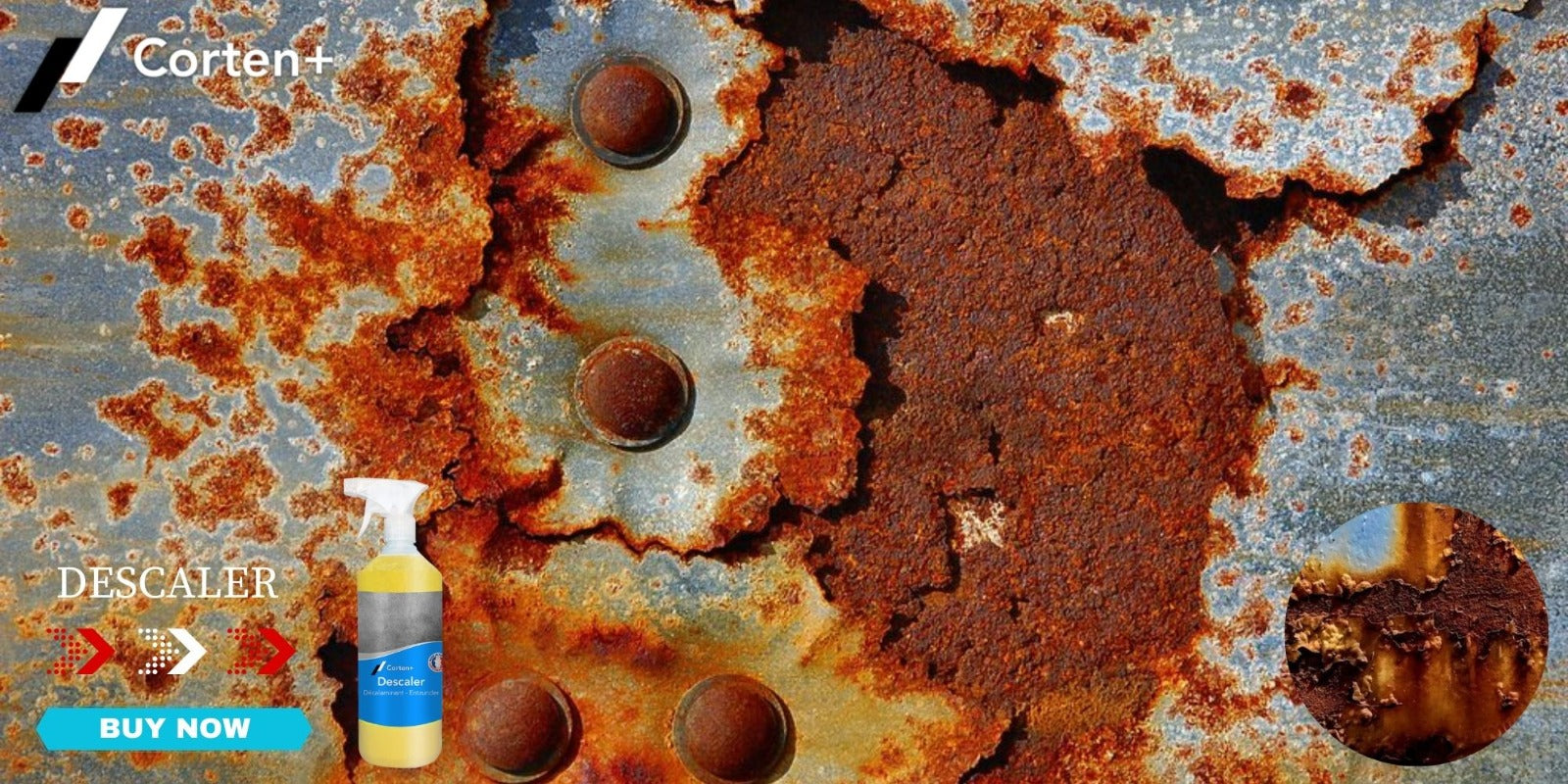What is a descaling agent and why is it needed for different metals?
A descaling agent is a chemical substance or mechanical process used to remove scale, a layer of iron oxide, which forms on the surface of ferrous metals exposed to atmospheric oxygen at elevated temperatures. This scale is usually composed of iron oxides, but it can also contain impurities such as sulfides, phosphates and carbonates. Descaling is necessary for different metals due to several reasons.
First of all, scale affects the quality of metal surfaces by making them rough, uneven and less aesthetic. This can be detrimental in applications where visual appearance is important, such as in the automotive or construction industries.
Second, scale reduces the thermal and electrical conductivity of metals. This can lead to a loss of energy efficiency in certain applications, for example in the case of motors or electrical components.
Finally, the presence of scale can weaken metals and make them more susceptible to corrosion. This can compromise the durability of metal structures, machines and equipment.

What are the different types of metals and their specific needs:
. Steel:
•Steel is an alloy of iron and carbon, often used in construction and the automobile industry.
•When exposed to oxygen, steel forms a scale composed mainly of iron oxides.
•Descalers are used to remove scale from steel, thereby improving its surface quality and corrosion resistance.
.Aluminium:
•Aluminum is a lightweight metal used in various applications, including aerospace and packaging.
•Unlike steel, aluminum forms a layer of aluminum oxide at the surface, which acts as a protective barrier against corrosion.
•Descalers are generally not necessary for aluminum, because its surface oxide is stable.
.Copper:
•Copper is an excellent electrical conductor used in electrical wires and electronic equipment.
•It can form a copper scale composed of copper oxides and sulfides.
•Descalers are sometimes used to remove scale from copper to maintain its electrical conductivity.
.Font:
•Cast iron is a ferrous, carbon-rich material commonly used in castings.
•Cast iron can form on cast iron, which can cause quality and strength issues.
•Descalers are used to remove scale from cast iron, thereby improving its surface quality.
In summary, different types of metals react differently to scale depending on their chemical composition. Descalers are used to remove scale when necessary to maintain the quality, performance and durability of metals in various industrial applications.
Descaling Process:
The descaling process is essential for removing scale, which is a layer of oxides that forms on the surface of metals such as steel, copper and cast iron. This scale can affect the quality, durability and appearance of metals, so its removal is important. Here is a description of the key steps and best practices of the descaling process:
Step 1: Surface preparation
•Before starting descaling, the metal surface must be properly prepared. This includes cleaning the surface to remove any dirt, grease or contaminants that could interfere with the process.
Step 2: Choice of descaling agent
•Select the appropriate descaling agent depending on the type of metal to be treated. Different metals may require specific descaling agents due to their unique chemical composition.
Step 3: Application of the descaling agent
•Apply the descaling agent evenly to the metal surface using a brush, sprayer or suitable method. Be sure to follow the manufacturer's instructions for quantity and duration of application.
Step 4: Reaction time
• Allow the descaling agent to act for the specified reaction time. This time may vary depending on the descaling agent and the thickness of the scale.
Step 5: Rinse
•Once the reaction time has elapsed, rinse the surface thoroughly with clean water to remove any chemical residue from the descaling agent. Thorough rinsing is essential to avoid any unwanted chemical reactions.
Step 6: Inspection
•After rinsing, inspect the surface to ensure that the scale has been properly removed. You should see an improvement in surface quality.
Step 7: Finishing
•Depending on requirements, you can apply a protective finish to the surface to prevent future scale formation and protect the metal from corrosion.
Step 8: Quality testing
•Perform quality tests to ensure the metal surface meets required standards in terms of appearance, strength and functionality.
Step 9: Documentation
•Keep detailed records of the descaling process, including the type of descaling agent used, reaction times, inspection results and quality tests.
•It is important to note that the descaling process may vary depending on the type of metal, the thickness of the scale and the quality specifications required. It is essential to follow best practices and the descaling manufacturer's recommendations to achieve optimal results and maintain the quality of the treated metals.
